What is a VPN and Do You Need One? [Explained Simply]
How Does a VPN Work?
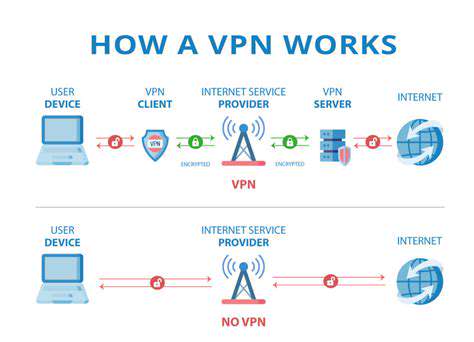
Understanding the Tunneling Process
A VPN, or Virtual Private Network, establishes a secure, encrypted connection between your device and a remote server operated by the VPN provider. This process, often referred to as tunneling, essentially creates a private tunnel through the public internet. Data sent from your device is encrypted before it travels over the internet, making it unreadable to anyone intercepting it. This encrypted data is then decrypted at the VPN server, allowing the server to forward it to its intended destination. Crucially, the entire process masks your original IP address, replacing it with the VPN server's address, thereby obscuring your online activity and location.
This secure tunnel is vital for protecting your privacy and security. Think of it like sending a postcard inside a sealed envelope. The contents are concealed from anyone who might intercept the postcard, ensuring your message remains confidential. The VPN server acts as the post office, ensuring your data reaches its intended destination securely.
The Role of Encryption
Encryption is the cornerstone of a VPN's functionality. It involves transforming readable data into an unreadable format, known as ciphertext, using a specific algorithm and key. This scrambled data is virtually impossible to decipher without the correct decryption key, which is held only by the VPN server and your device. This encryption method is paramount in safeguarding sensitive information such as login credentials, financial details, and personal communications from prying eyes.
Without encryption, your online activity would be vulnerable to eavesdropping and data breaches. Imagine sending a postcard with your bank details openly displayed. A VPN's encryption safeguards your data by transforming it into an unreadable code, thus preventing unauthorized access.
Various encryption protocols, such as OpenVPN and WireGuard, are used to achieve this level of security, each with its own strengths and weaknesses regarding speed, security, and compatibility.
VPN Servers and IP Addresses
VPN servers are geographically distributed computers that act as intermediaries between your device and the internet. When you connect to a VPN, your internet traffic is routed through one of these servers. This crucial step masks your original IP address, which identifies your location and online activity. The VPN server then assumes your identity, presenting its own IP address to the websites and services you access. This process allows you to browse the web anonymously and access content that might be restricted in your region.
This process significantly enhances your online anonymity. This is akin to using a post office box to receive mail. The mail carrier doesn't know your home address, only the post office box number, protecting your privacy from prying eyes. The VPN server effectively becomes your digital post office box.
Choosing a VPN server location can also affect your experience, allowing you to access content restricted in your region.
Moreover, the selection of a VPN server can impact the speed and performance of your internet connection, as the distance between your device and the server location plays a role in latency.
Furthermore, using a VPN server can help bypass certain types of censorship or restrictions imposed by some governments or internet service providers.
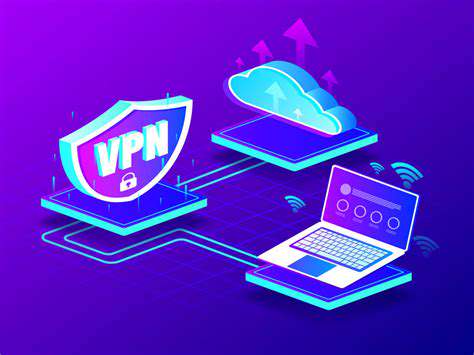
Read more about What is a VPN and Do You Need One? [Explained Simply]
Hot Recommendations
- Review: The New [Specific Brand] Smart Lock Is It Secure?
- Best Budget Studio Monitors for Music Production
- Top Flight Simulation Peripherals (Joysticks, Throttles, etc.)
- Top Portable Scanners for Document Management On the Go
- Reviewing the Latest Smart Air Purifiers for Your Home
- Best Portable Photo Printers for Travelers and Memory Keepers
- The Future of Personal Transportation Beyond Cars (Hyperloop, eVTOL)
- Top Network Monitoring Tools [Free & Paid Options]
- Understanding the Tech Behind mRNA Vaccines [A Look Inside]
- Guide to Choosing the Right Gaming Chair for Ergonomics
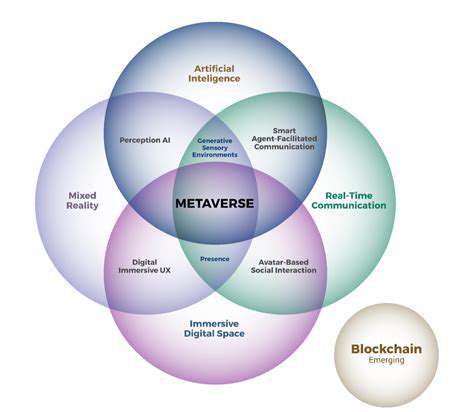


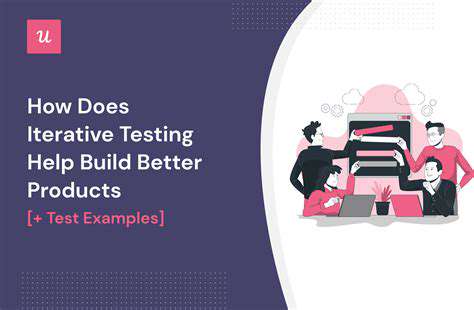
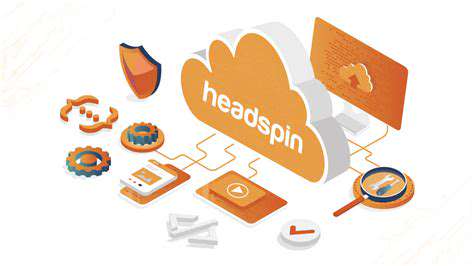
![Top Gaming Headsets for Immersive Sound [2025]](/static/images/25/2025-06/High-ResolutionAudioforEnhancedDetail.jpg)
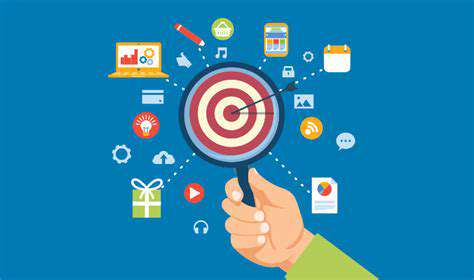

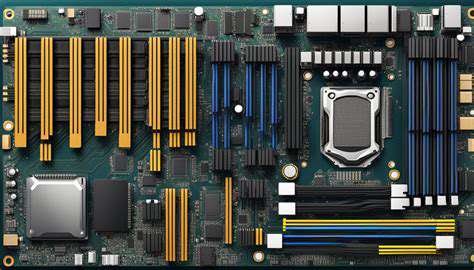
![Top Portable Power Stations Reviewed [Powering Your Gadgets Anywhere]](/static/images/25/2025-07/DetailedSpecificationsandPerformanceAnalysis.jpg)
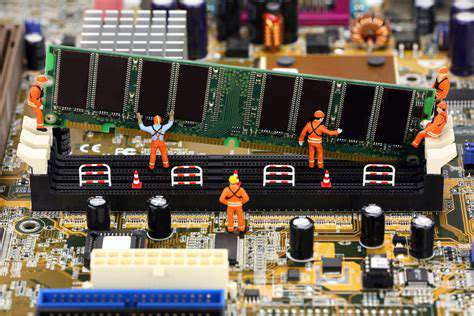
![Review: The Newest Smart Thermostats [Energy Saving & Features]](/static/images/25/2025-07/ExploringtheLatestSmartThermostatModels.jpg)